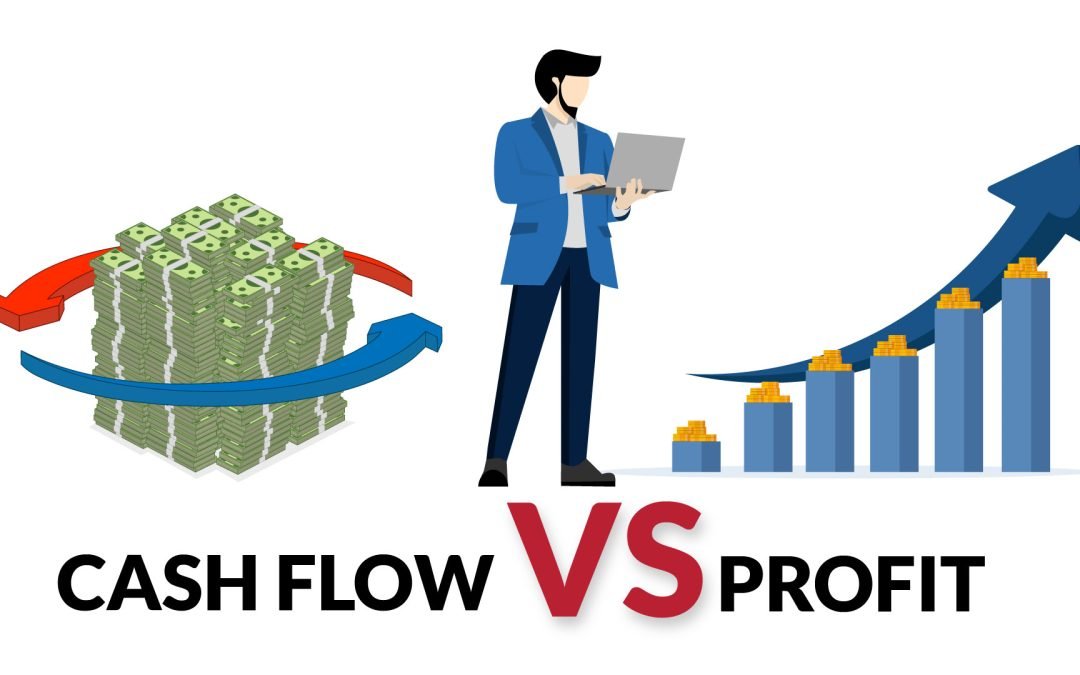Many small business owners are caught off guard when their business shows a profit on paper—but they’re still struggling to pay bills. The root of this issue? A lack of cash flow management.
- What Is Cash Flow?
Cash flow refers to the actual movement of money in and out of your business. Positive cash flow means you have more money coming in than going out, while negative cash flow signals potential trouble. - What Is Profit?
Profit is what’s left after subtracting all expenses from revenue. It looks great in your accounts—but it doesn’t necessarily reflect what’s in your bank. - Why the Confusion?
You can be profitable and still run out of cash. How?
- Clients delay payments
- Stock is purchased in bulk
- You’ve taken on debt that eats into monthly outgoings
- You’ve spent on growth without reserves
- The Impact of Poor Cash Flow
- Missed payroll
- Overdraft fees and debt
- Inability to invest in growth
- Strain on supplier relationships
- Tips to Improve Cash Flow:
- Invoice promptly and offer incentives for early payments
- Forecast cash flow monthly and quarterly
- Cut non-essential spending
- Build a cash reserve
- Use accounting software for visibility
Profit is important—but cash flow is king. Understanding the difference, and managing your cash wisely, could be the difference between thriving and surviving.

